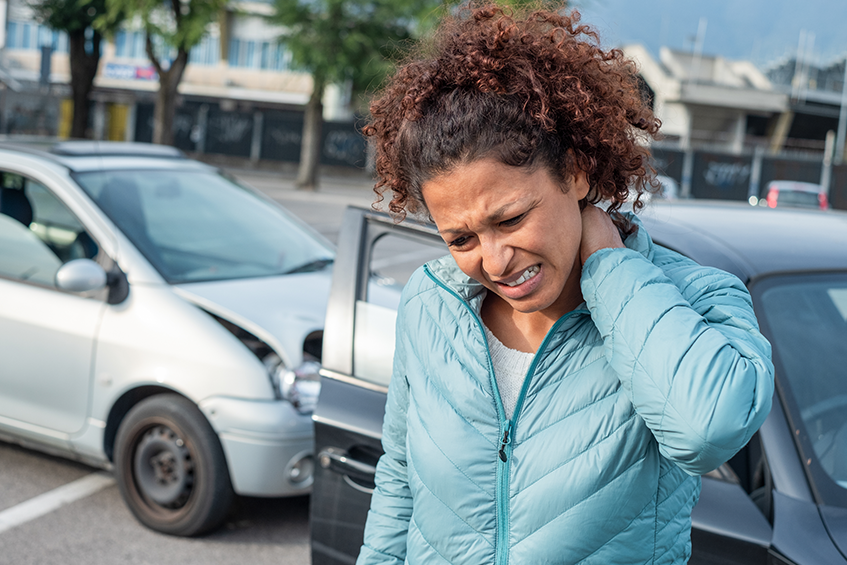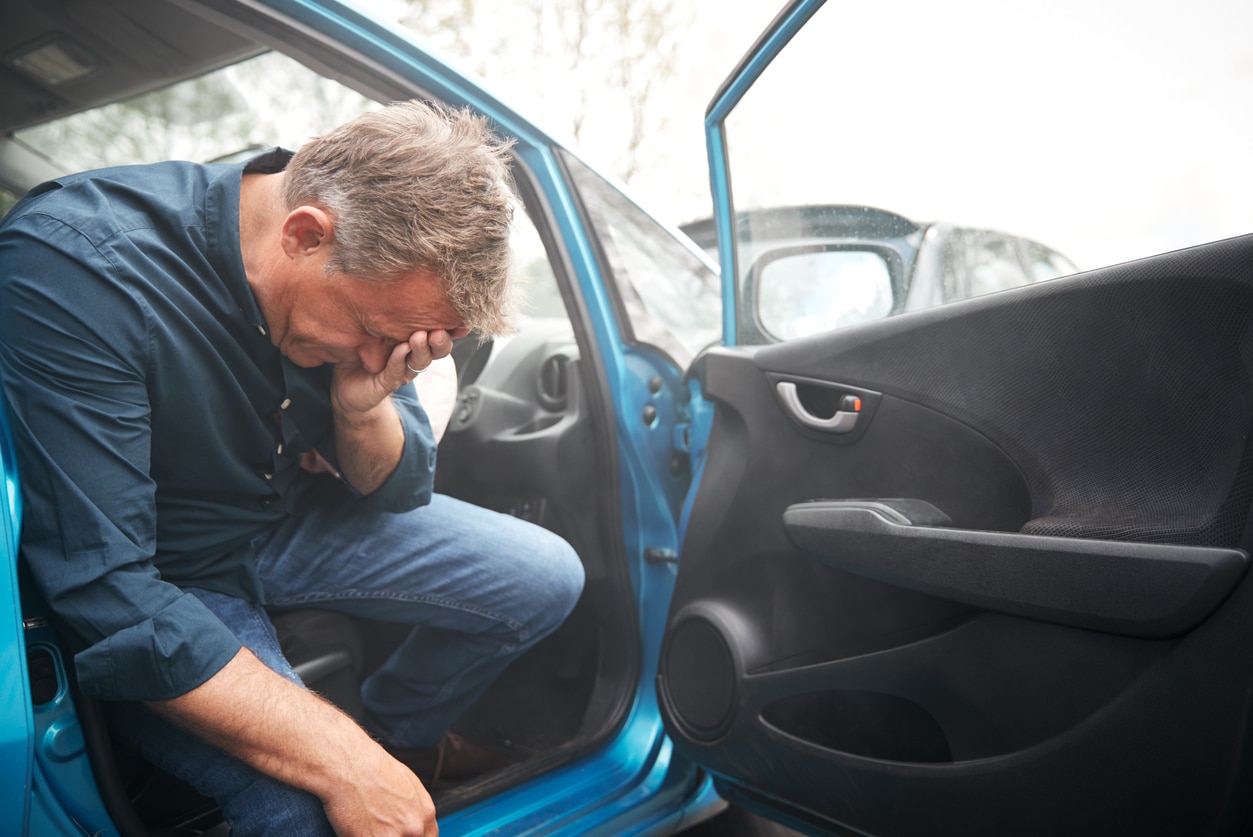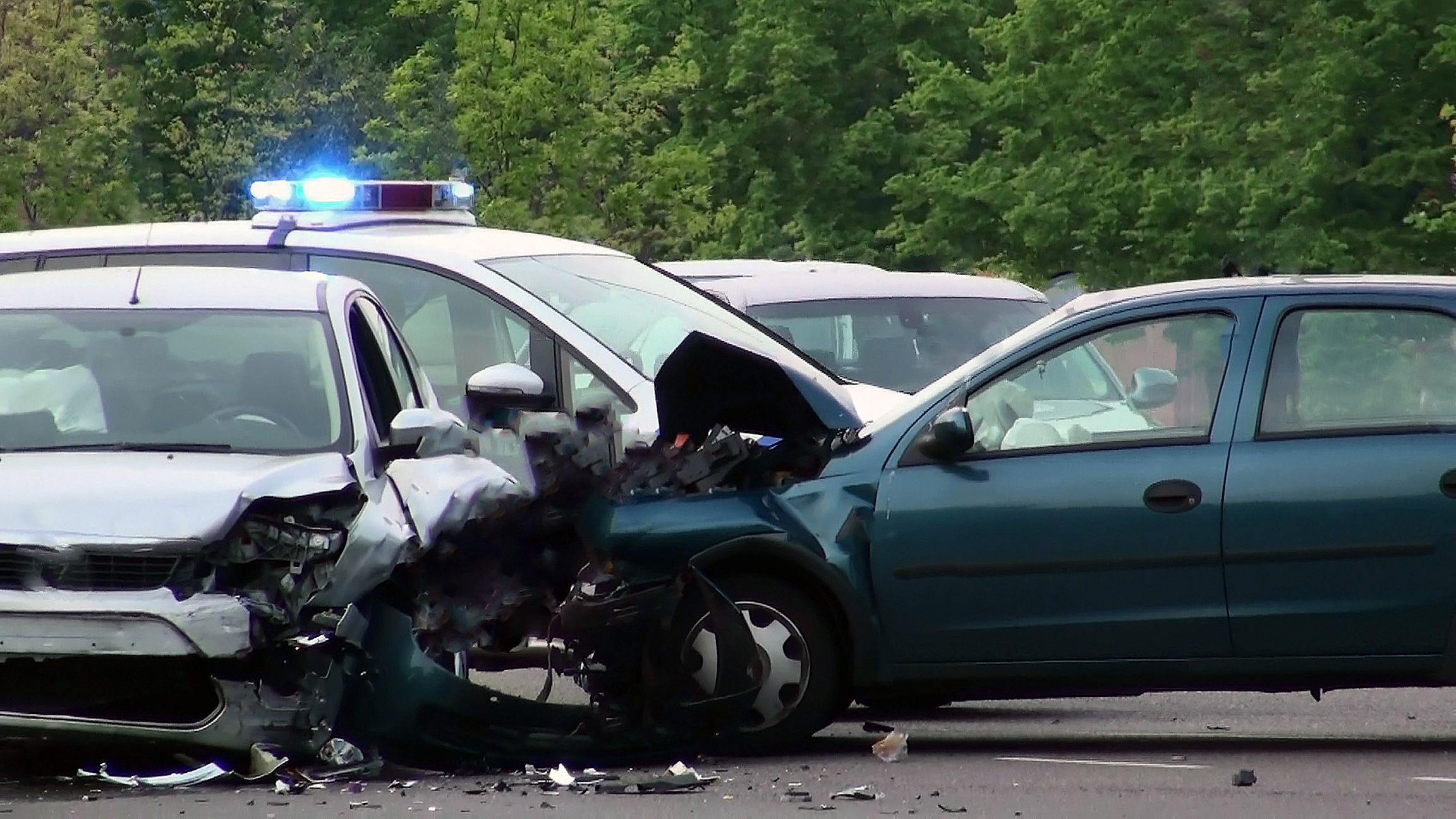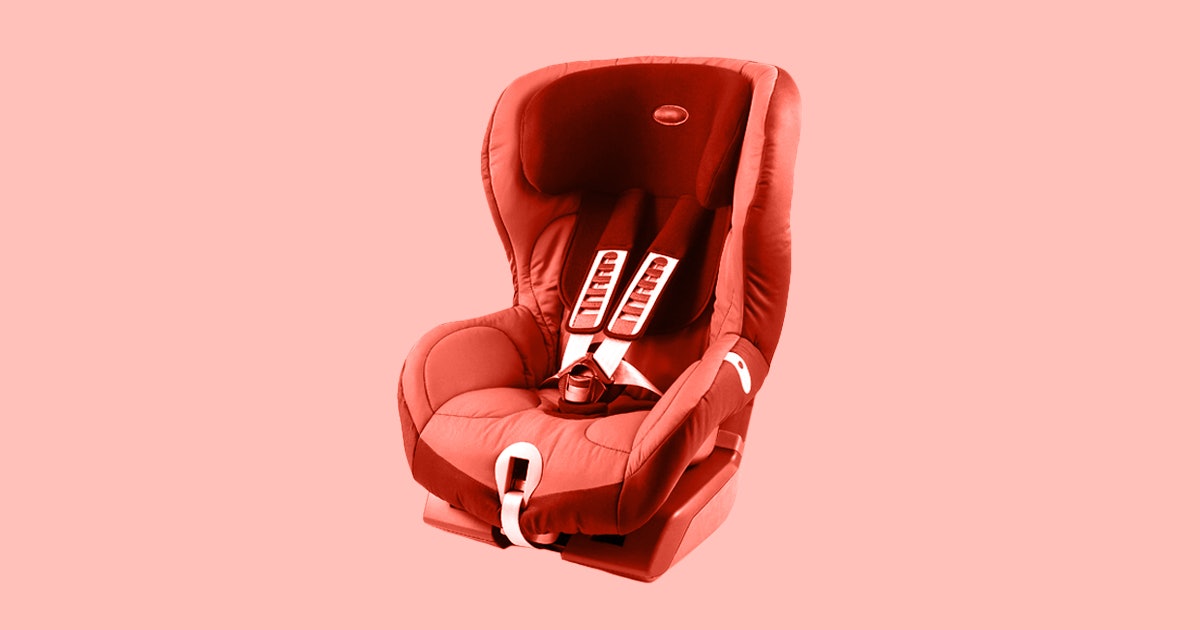In this article, we will discuss rear end collisions at a speed of 30mph and explain the potential outcomes of such an impact. Rear-end collisions can cause significant damage to both vehicles involved, as well as any passengers. Understanding the physics behind a rear-end collision and what conditions could lead to a greater risk of injury can help drivers understand how to be safer on the road.

Table Of Content:
- The Most Common Injuries for 30-40 MPH Car Accidents
- How Much Damage Occurs in a 30 MPH Crash? | Staver Accident ...
- What Happens to Your Body in a Rear-End Collision?
- How Much Damage Can Occur In a Crash at 30 MPH ...
- A 30 mph Front/Rear Crash with Human Test Persons
- How Much Damage Occurs in a 30 MPH Crash? - Personal Injury 360
- Receiver Hitch Step that helps eliminate rear end collision damage ...
- Physics Explains Rear-Facing Car Seat Safety vs. Forward-Facing ...
- Occupant Dynamics during Moderate-to-High Speed Rear-End ...
- Study of rear-end crashes finds head injuries from rear-facing child ...
1. The Most Common Injuries for 30-40 MPH Car Accidents
https://aica.com/the-most-common-injuries-for-30-40-mph-car-accidents/
Dec 22, 2020 ... This commonly occurs in rear-end collisions and other accidents where one car is stopped, making it more likely to involve lower speeds than an ...
2. How Much Damage Occurs in a 30 MPH Crash? | Staver Accident ...
https://www.chicagolawyer.com/blog/damage-occurs-30-mph-crash/ Jun 13, 2022 ... A vehicle in a 30 mph crash slows to a complete stop almost instantaneously. However, an unrestrained occupant will absorb much of the energy of ...
Jun 13, 2022 ... A vehicle in a 30 mph crash slows to a complete stop almost instantaneously. However, an unrestrained occupant will absorb much of the energy of ...
3. What Happens to Your Body in a Rear-End Collision?
https://rushchiropractic.com/what-happens-to-your-body-in-a-rear-end-collision/ Apr 12, 2021 ... Updated April 2022: Rear-end collisions can sometimes take a while ... 10 mph — such as when you're sitting at a stoplight and a car bumps ...
Apr 12, 2021 ... Updated April 2022: Rear-end collisions can sometimes take a while ... 10 mph — such as when you're sitting at a stoplight and a car bumps ...
4. How Much Damage Can Occur In a Crash at 30 MPH ...
https://www.zavodnicklaw.com/blog/how-much-damage-can-occur-in-a-crash-at-30-mph/ Feb 26, 2021 ... If you are not wearing a seatbelt when the front end of your car hits something like another vehicle or a tree at 30 mph, your body will ...
Feb 26, 2021 ... If you are not wearing a seatbelt when the front end of your car hits something like another vehicle or a tree at 30 mph, your body will ...
5. A 30 mph Front/Rear Crash with Human Test Persons
https://www.jstor.org/stable/44648350persons and test dummies at severity levels below the injury threshold. It therefore appears worthwhile. * Numbers in parentheses designate. References at end ...
6. How Much Damage Occurs in a 30 MPH Crash? - Personal Injury 360
https://www.lvnvlawyer.com/how-much-damage-occurs-in-a-30-mph-crash/ Feb 2, 2021 ... The speed of the other vehicle; The type of crash that occurred (i.e., head-on collision, sideswipe, rear-end accident, side-impact, etc.).
Feb 2, 2021 ... The speed of the other vehicle; The type of crash that occurred (i.e., head-on collision, sideswipe, rear-end accident, side-impact, etc.).
7. Receiver Hitch Step that helps eliminate rear end collision damage ...
https://sparebumper.com/ World's only Shock Absorbing Receiver Hitch Step | Reduce collision damage & Whiplash | Absorbs impact up to 30 mph - best receiver hitch step bumper guard.
World's only Shock Absorbing Receiver Hitch Step | Reduce collision damage & Whiplash | Absorbs impact up to 30 mph - best receiver hitch step bumper guard.
8. Physics Explains Rear-Facing Car Seat Safety vs. Forward-Facing ...
https://www.fatherly.com/health-science/physics-rear-facing-car-seats-kids Feb 1, 2018 ... A 20-pound toddler traveling at 30 mph will require 600 pounds of ... In a front-end collision, the driver snaps forward toward the point of ...
Feb 1, 2018 ... A 20-pound toddler traveling at 30 mph will require 600 pounds of ... In a front-end collision, the driver snaps forward toward the point of ...
9. Occupant Dynamics during Moderate-to-High Speed Rear-End ...
https://www.sae.org/publications/technical-papers/content/2020-01-0516/
Apr 14, 2020 ... The publicly available NHTSA rear-end crash test data were examined. ... a 30 mph moving barrier impacting the rear of the vehicles.
10. Study of rear-end crashes finds head injuries from rear-facing child ...
https://www.washingtonpost.com/local/trafficandcommuting/study-of-rear-end-crashes-finds-head-injuries-from-rear-facing-child-seats/2015/11/01/589095e2-7cf4-11e5-b575-d8dcfedb4ea1_story.html Nov 1, 2015 ... This April 2014 “sled tests” mimicked a rear-end crash at 30 mph and showed what happened when a crash test dummy representing a 6-month-old ...
Nov 1, 2015 ... This April 2014 “sled tests” mimicked a rear-end crash at 30 mph and showed what happened when a crash test dummy representing a 6-month-old ...
What is a rear-end collision?
A rear-end collision occurs when one vehicle hits the back of another vehicle that is in front of it. Typically, these types of accidents happen when one vehicle fails to stop in time for the other vehicle, resulting in an impact from behind.
What kind of injuries can occur from a rear-end collision at 30 mph?
Injuries may include whiplash, spinal cord or nerve damage, broken bones, cuts and lacerations, concussions and other head injuries. The severity of those injuries would depend on how quickly each car was traveling prior to the impact and where they were seated in their vehicles.
How can I avoid rear-end collisions?
Drivers should practice defensive driving techniques such as keeping a safe distance between cars, being aware of weather conditions and road conditions, monitoring traffic around them and maintaining proper speed for their surroundings. Additionally, motorists should always make sure that their brakes are functioning properly and keep an eye out for any signs that suggest impending danger ahead.
What damages might occur from a 30 mph rear-end collision?
Damages common from these types of collisions include damaged bumpers and headlights as well as broken tail lights or taillights if present. Additionally, airbags might deploy causing additional damage to windows or interior panels depending on the make/model/year/safety features present in vehicle 1 or 2 during the time of impact. The metal frames may also be bent outwards due to pressure from impact leading to decreased effectiveness for shock absorption capabilities which could eventually translate into increased repair costs if not attended too after initial inspection immediately following an accident involving two cars moving at above 10 mph upon contact with one another near center console area according to estimated amount based off forensic expert analysis done at perspective crime scenes location.
Conclusion:
Rear end collisions at 30 mph can cause significant damage to both cars and passengers involved due to increased momentum created once both vehicles come into contact with one another making direct physical trauma more likely than other driving related scenarios discussed above regarding respective speeds & safety regulations upheld within state borders prior for participating drivers plus bystanders located nearby vicinity& beyond regular transit areas usual residential zones.
